Porsche 924 Carrera GTS
In the early 1970s, Porsche developed a successor model to the 914 together with Volkswagen. In order to save production costs compared to this mid-engined sports car, the company demanded as many identical parts as possible with existing Audi and VW models. According to some preliminary plans, the new sports car should have complemented the Audi model range. Shortly before prototypes could be built near-series bodyworks, the then Volkswagen boss Toni Schmücker unilaterally stopped the EA 425 project in 1975 because he saw only limited sales opportunities due to the oil crisis and financial problems of the VW Group. Porsche therefore bought the rights to this project and got a contract with VW to be supplied with the parts and to use the nearly closed Audi plant in Neckarsulm for the new car. Series production finally began in November of the same year under the name Porsche 924.
Porsche always saw the 924 as an entry-level model that was intended to win back customers who had previously ordered the 912 and also to open up new customer groups. Motorsport events were not in their focus of attention. Nevertheless, there were both customer enquiries and internal advocates in the development department who recognised the potential of the transaxle design. At first, Porsche responded to the repeated requests from dealers and customers for more performance. The 924 with 125 hp was followed by the 924 S with 150 hp (from 1988 with 160 hp) and finally by the 924 Turbo in 1979. This came with the internal development code 931 and transferred the principle of forced induction of the engine from the 911 Turbo to the smaller series. Until 1981 170 hp were available, then the compression was increased from 7.5 to 8.5:1 and a modified engine control software was used, whereby the engine delivered 177 hp. Optically the Turbo differed from the normal 924 mainly by four additional flat air inlets at the front as well as the frequently ordered bicolor paintwork. Parallel to the market launch of the 924 Turbo, Porsche presented a prototype of the 924 Carrera GT, internal code 937, at the IAA (Frankfurt Motor Show) 1979. In addition to the air vents of the Turbo, the 924 Carrera GT had wider plastic fenders and an air scoop on the bonnet. At the front, the shape of the fenders already corresponded to that of the upcoming 944, while the rear fenders were attached to the normal body.
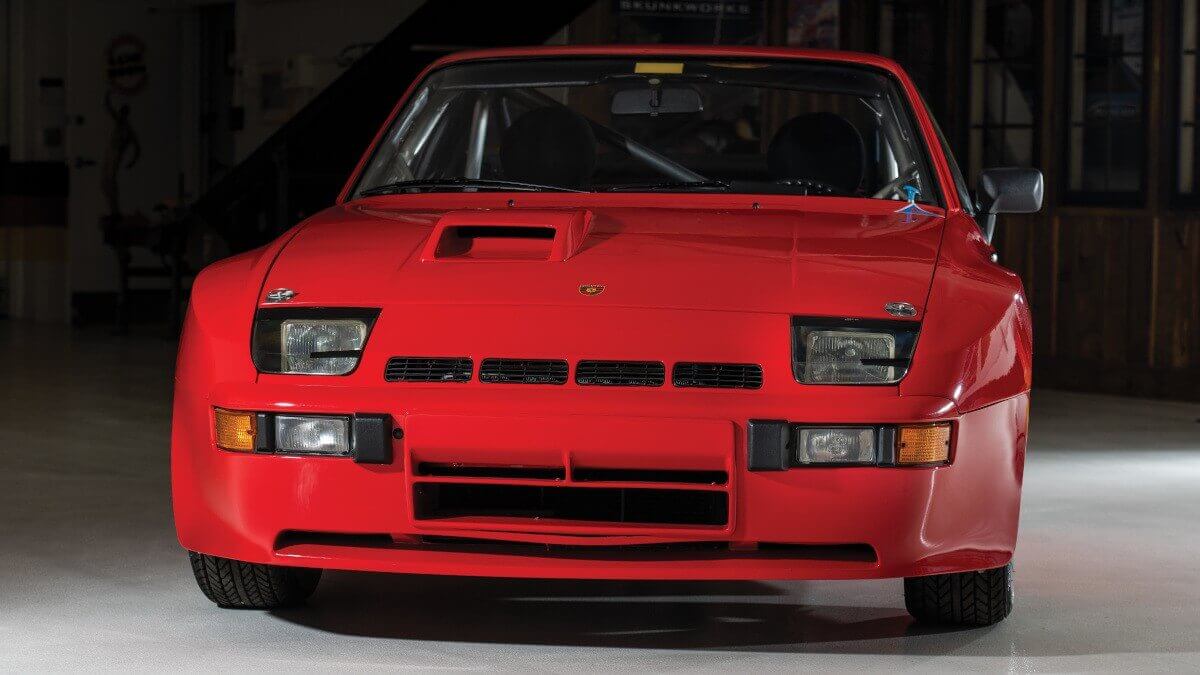



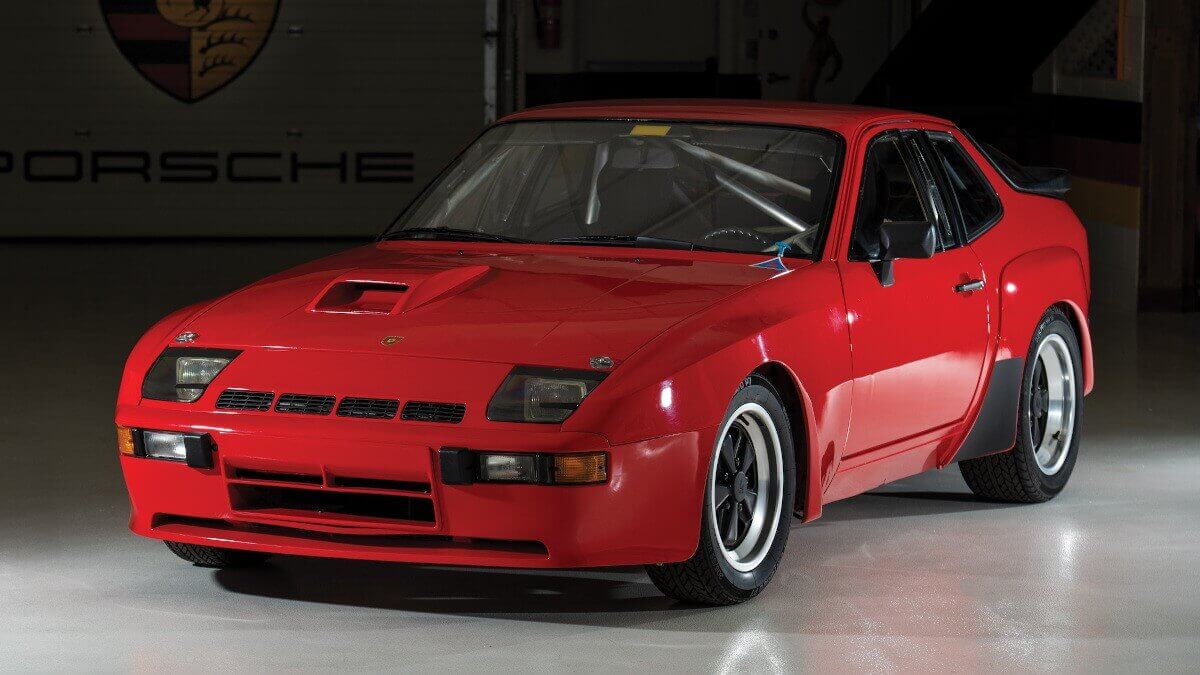







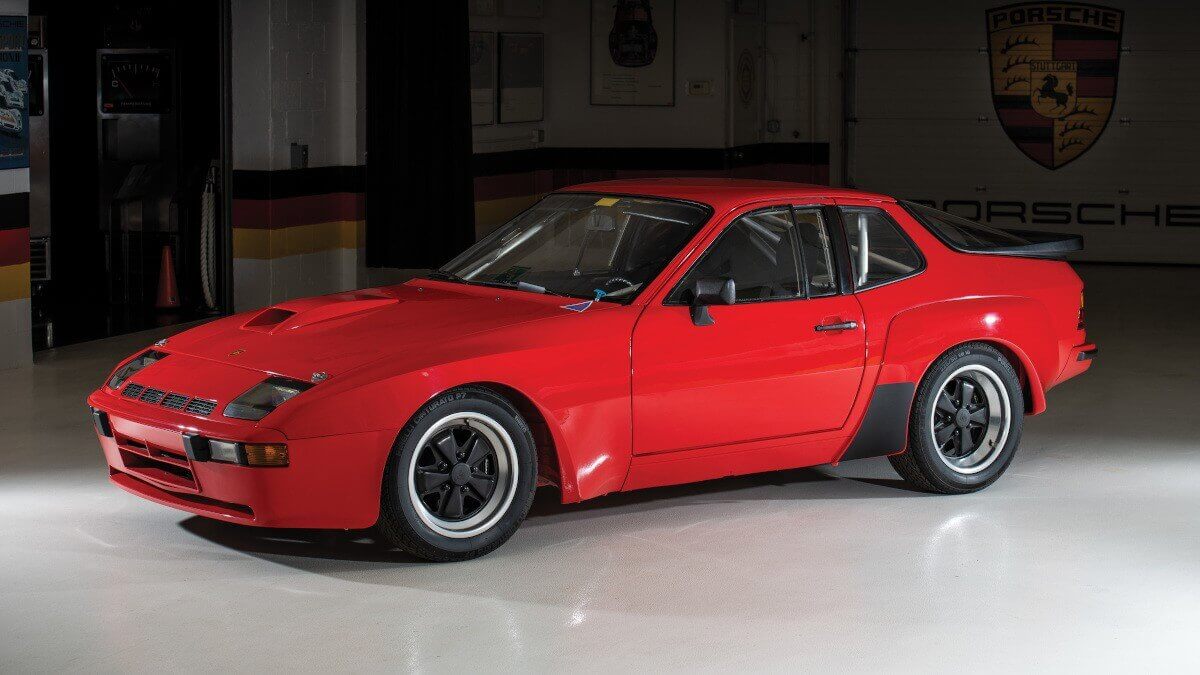



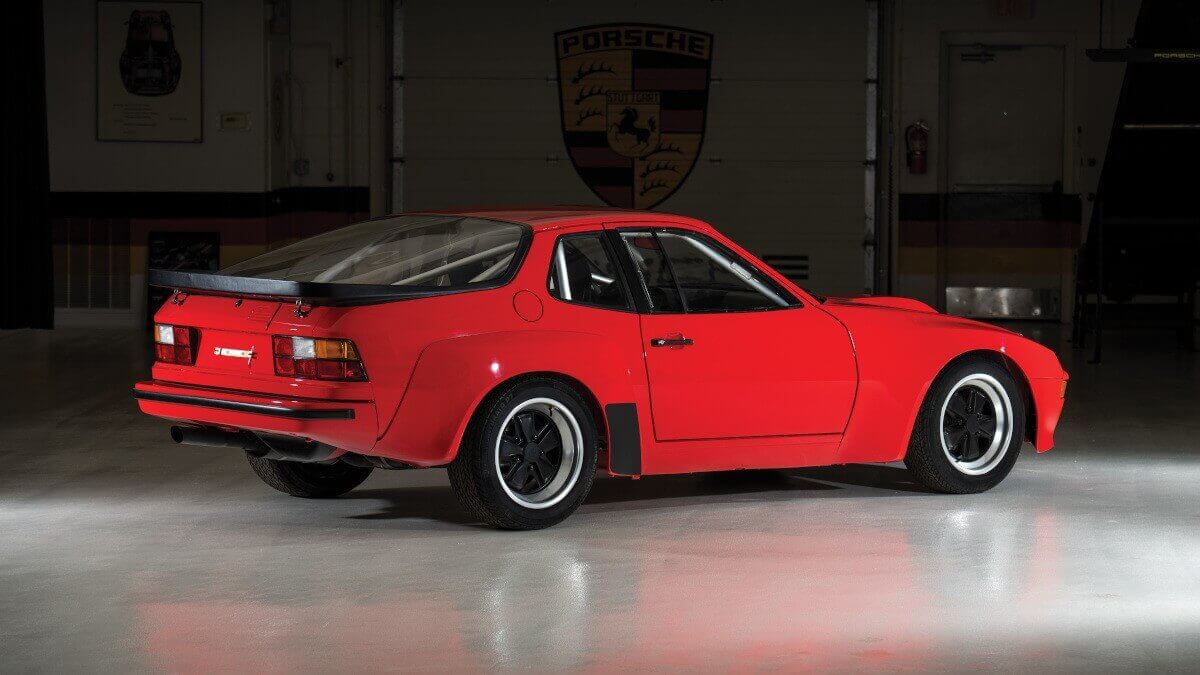



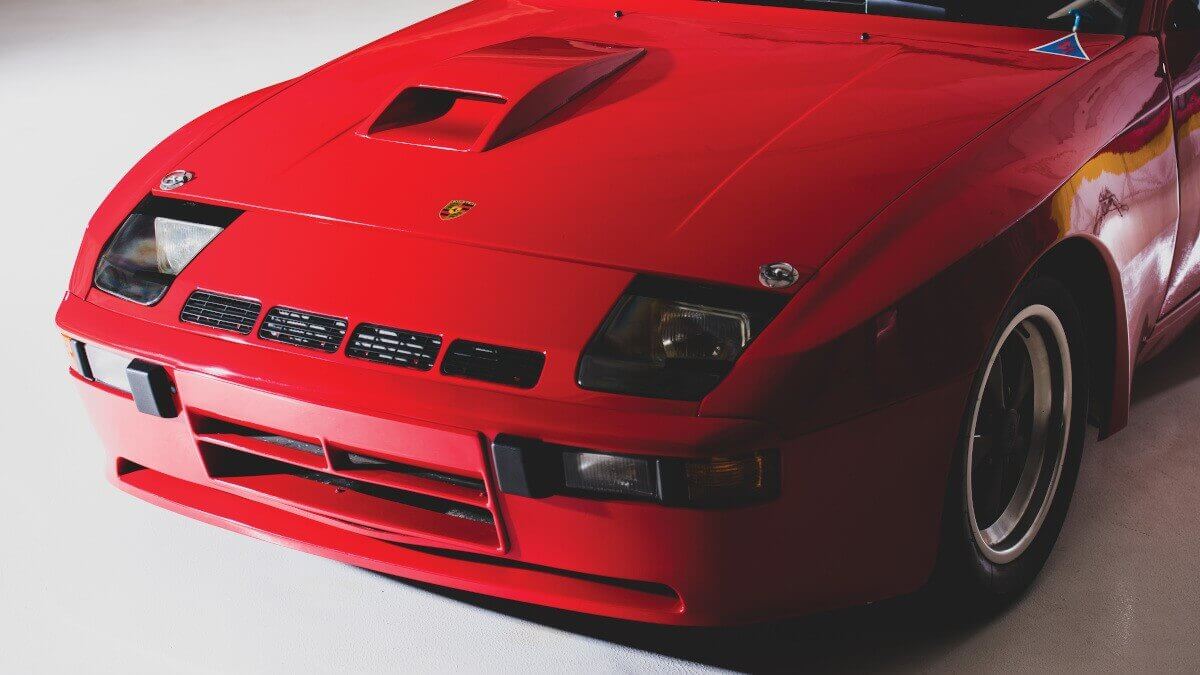



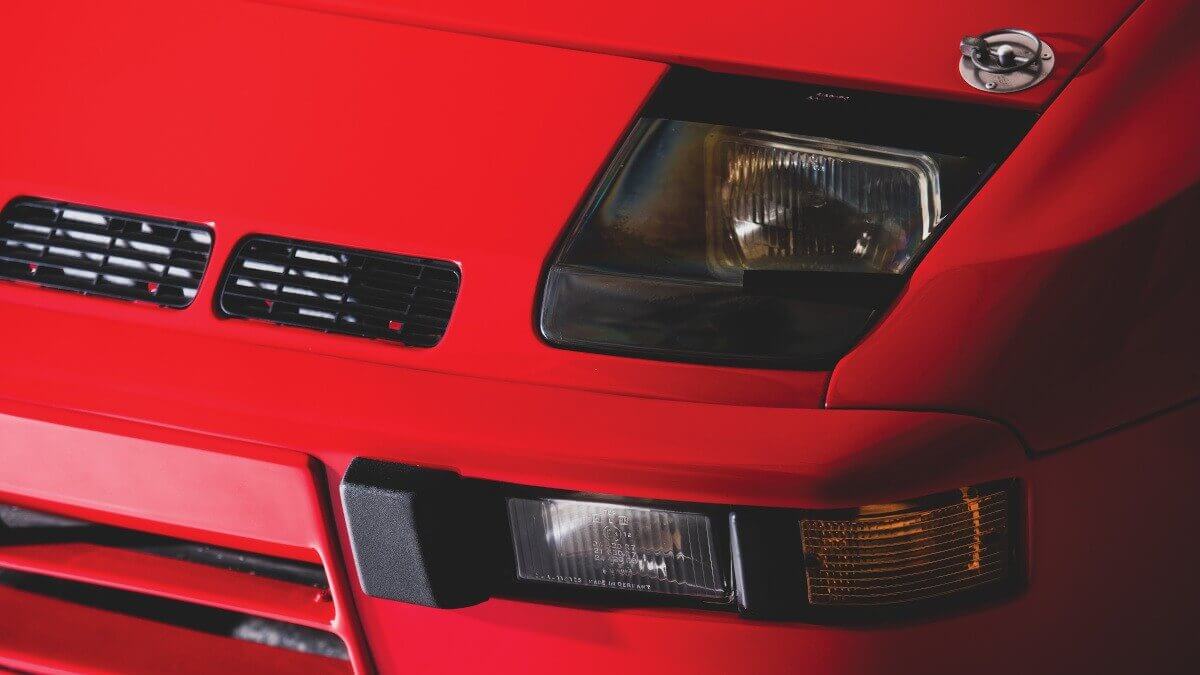



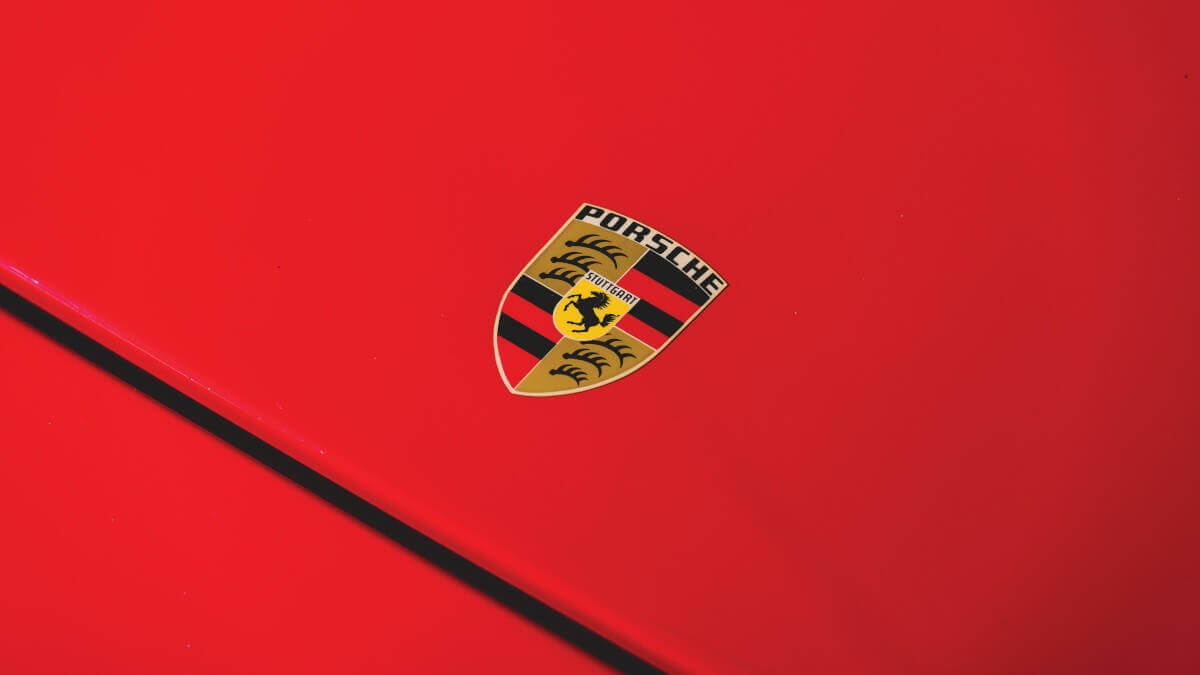



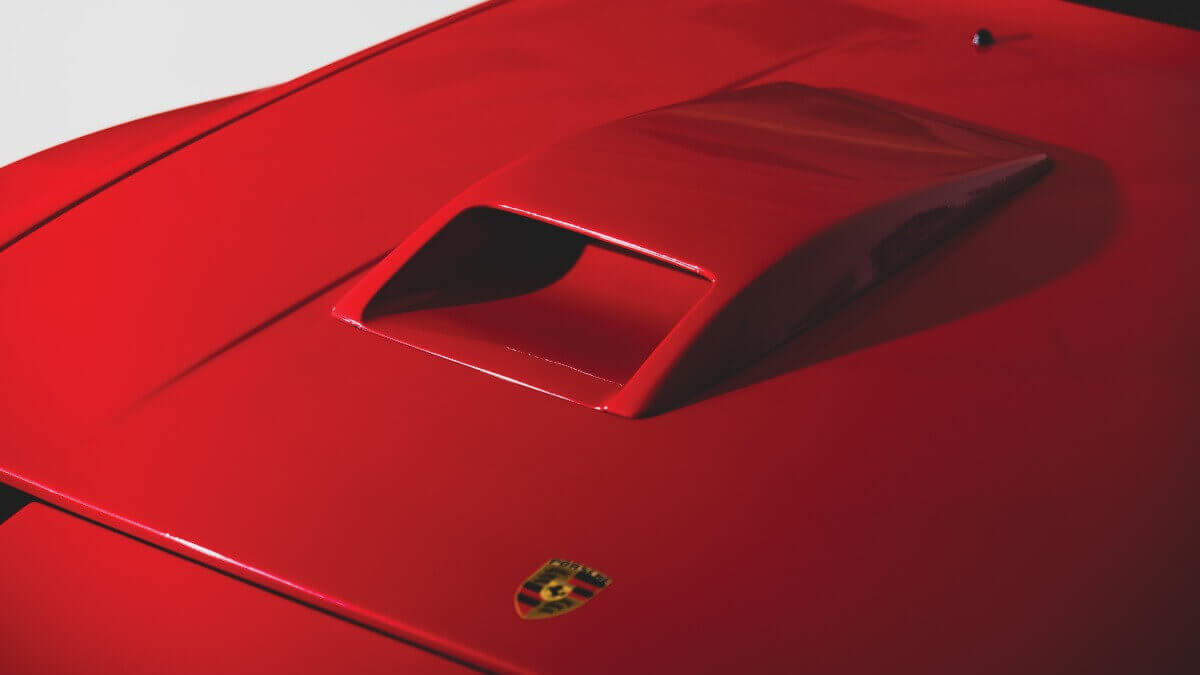



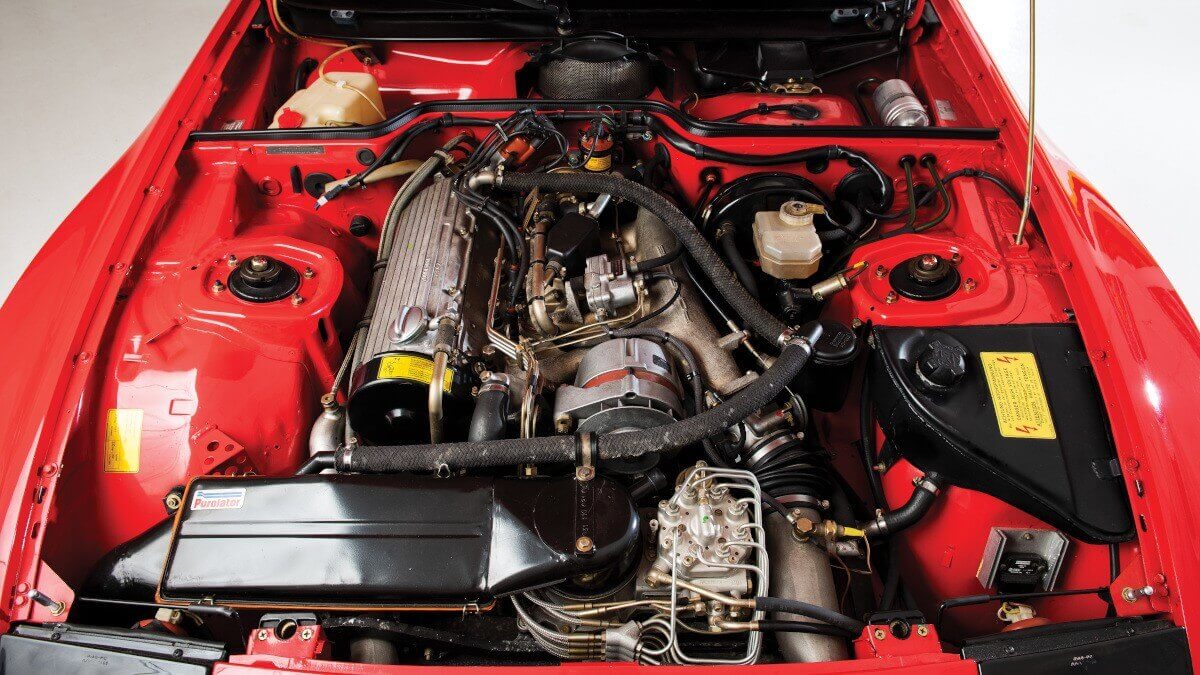



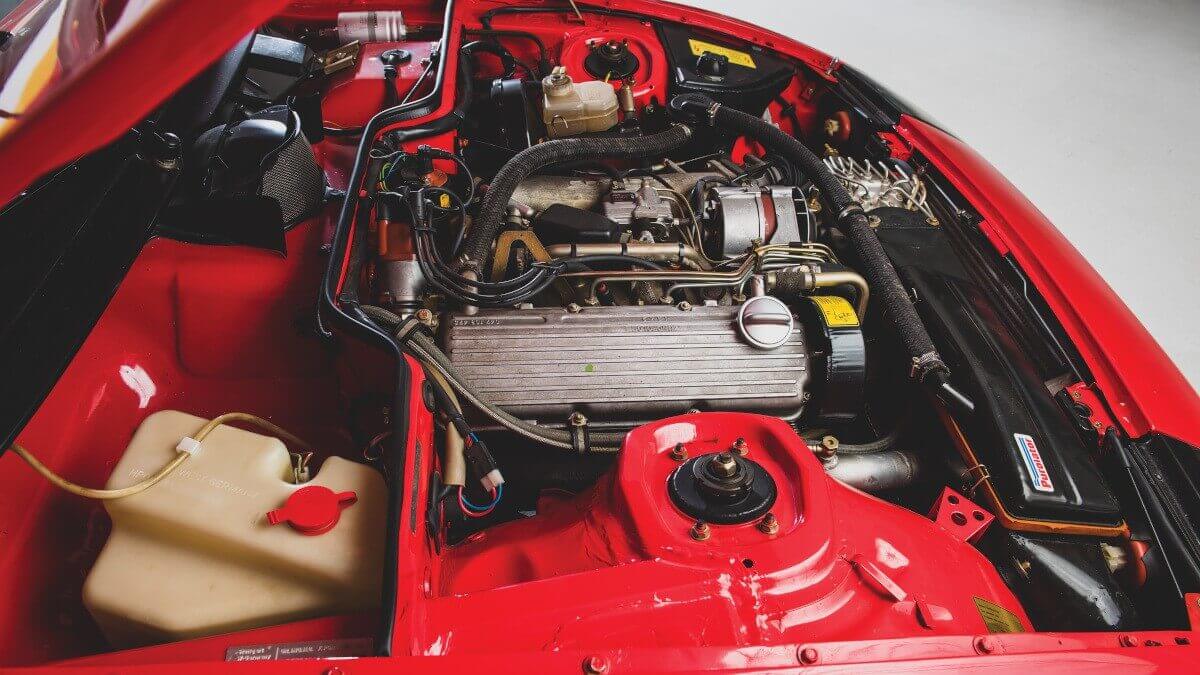



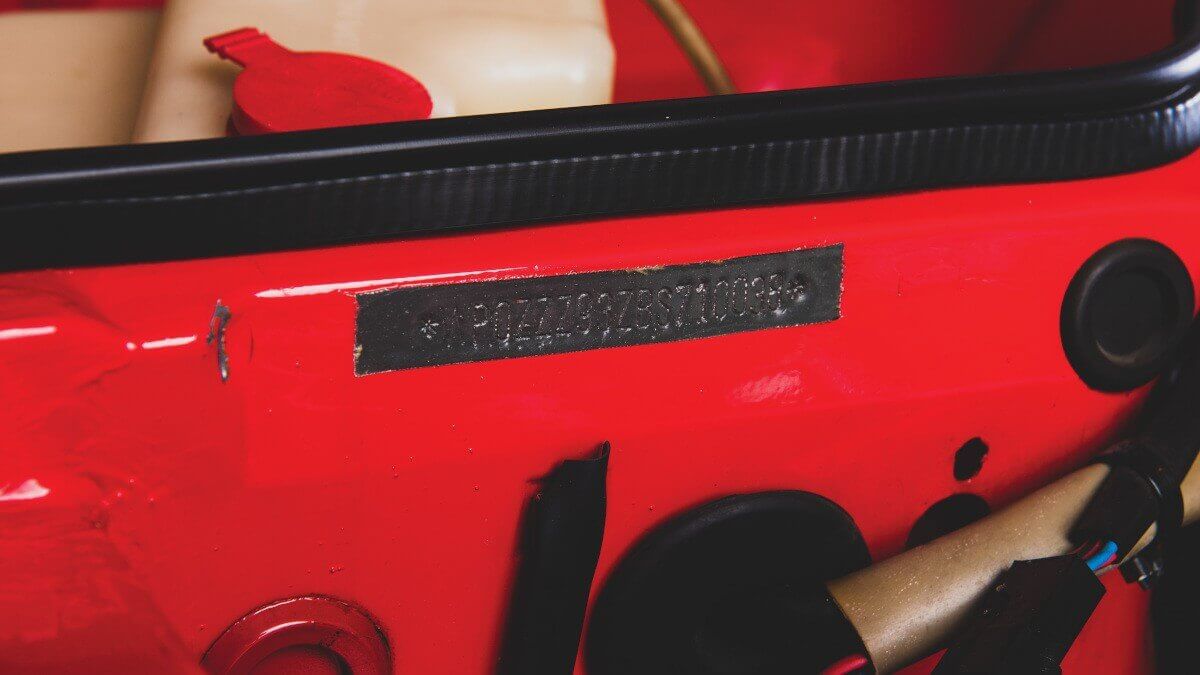



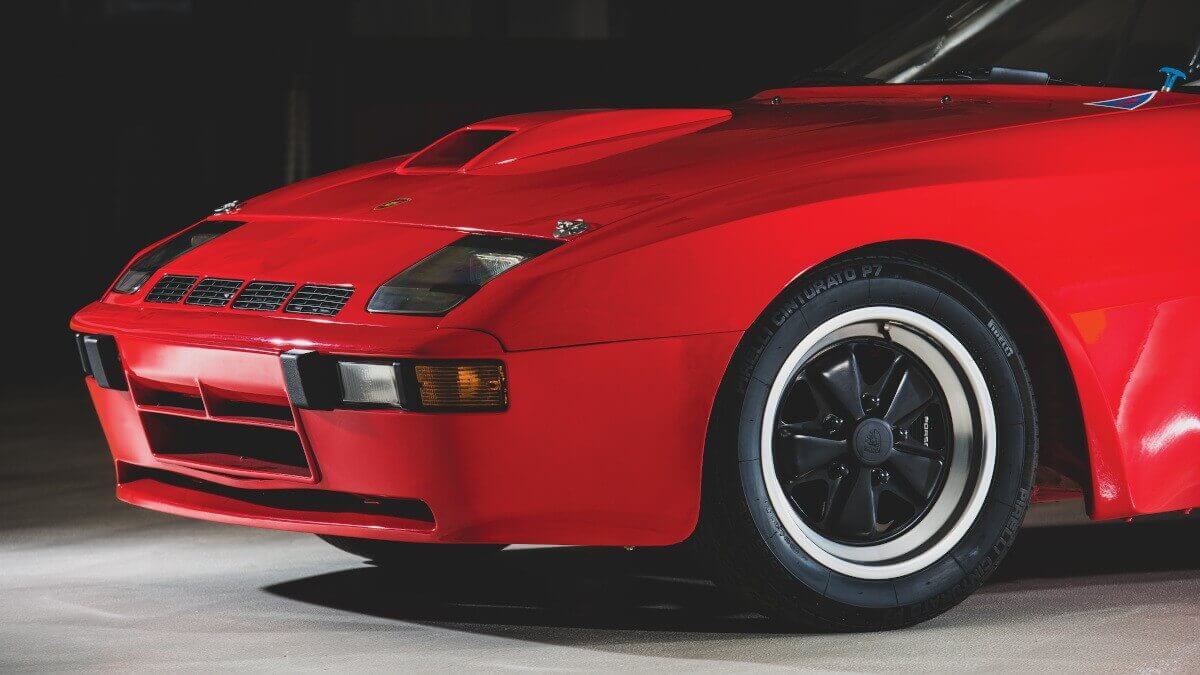



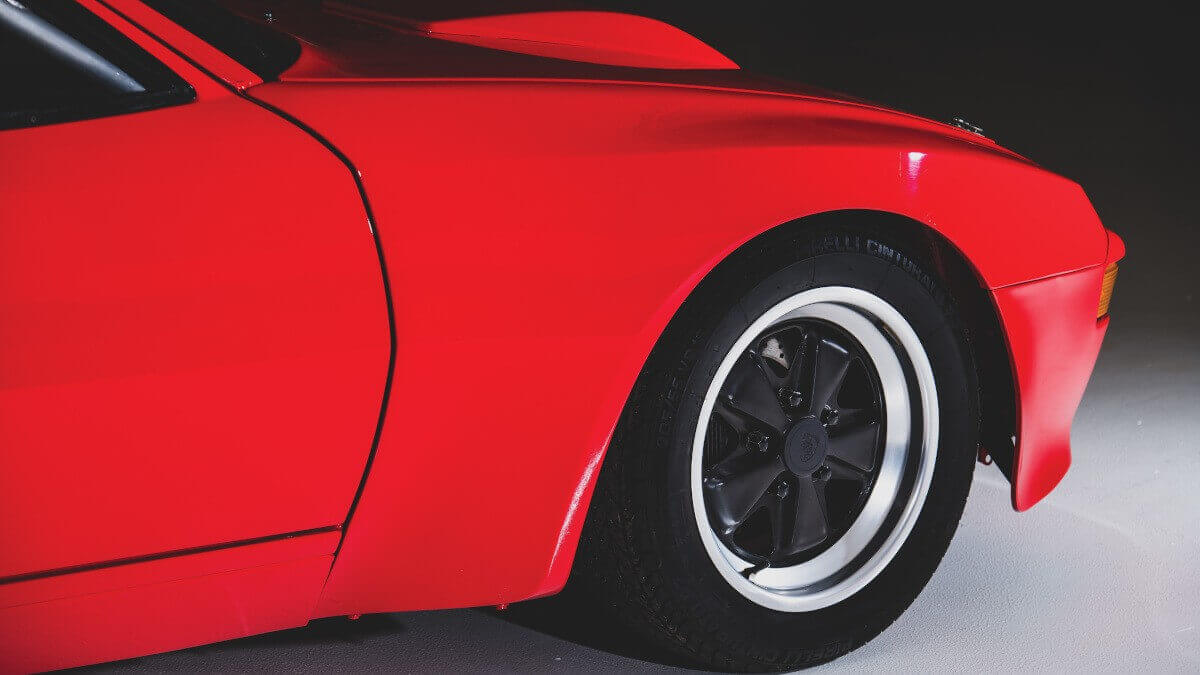



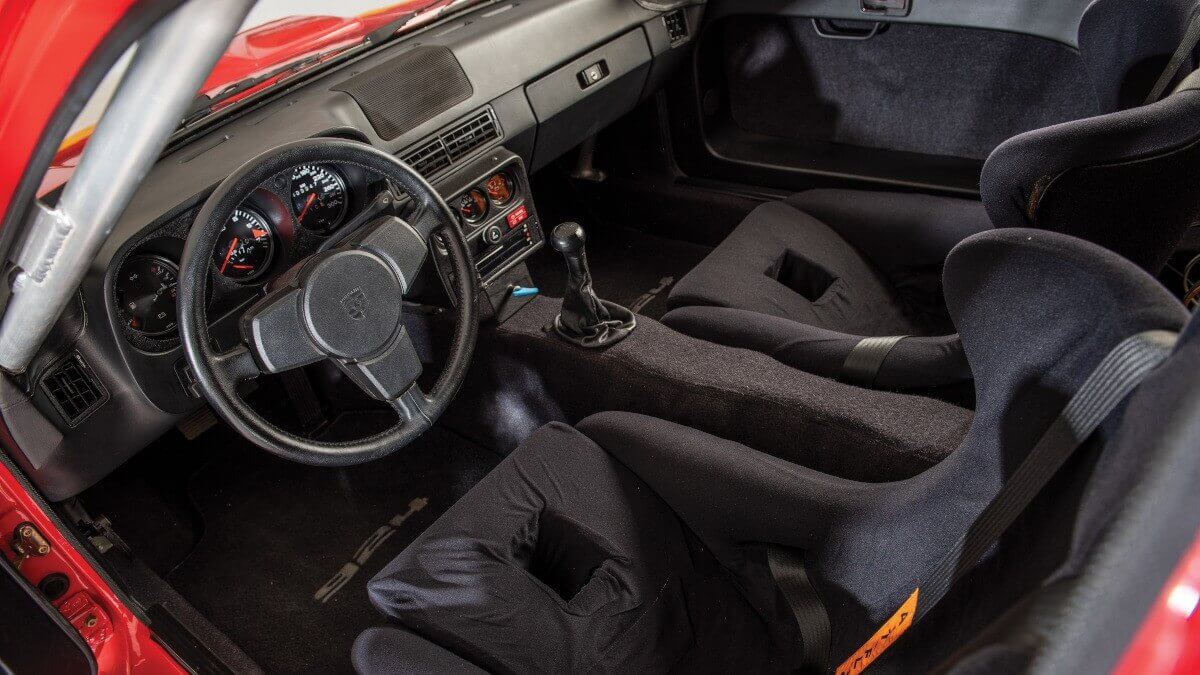



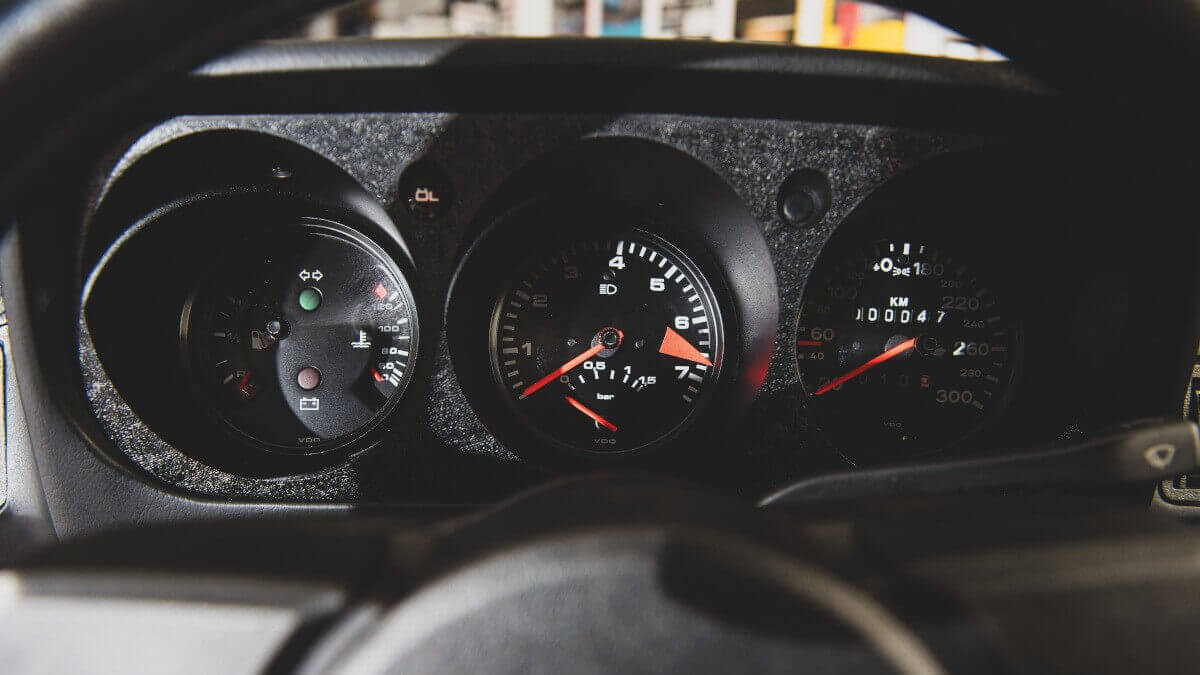



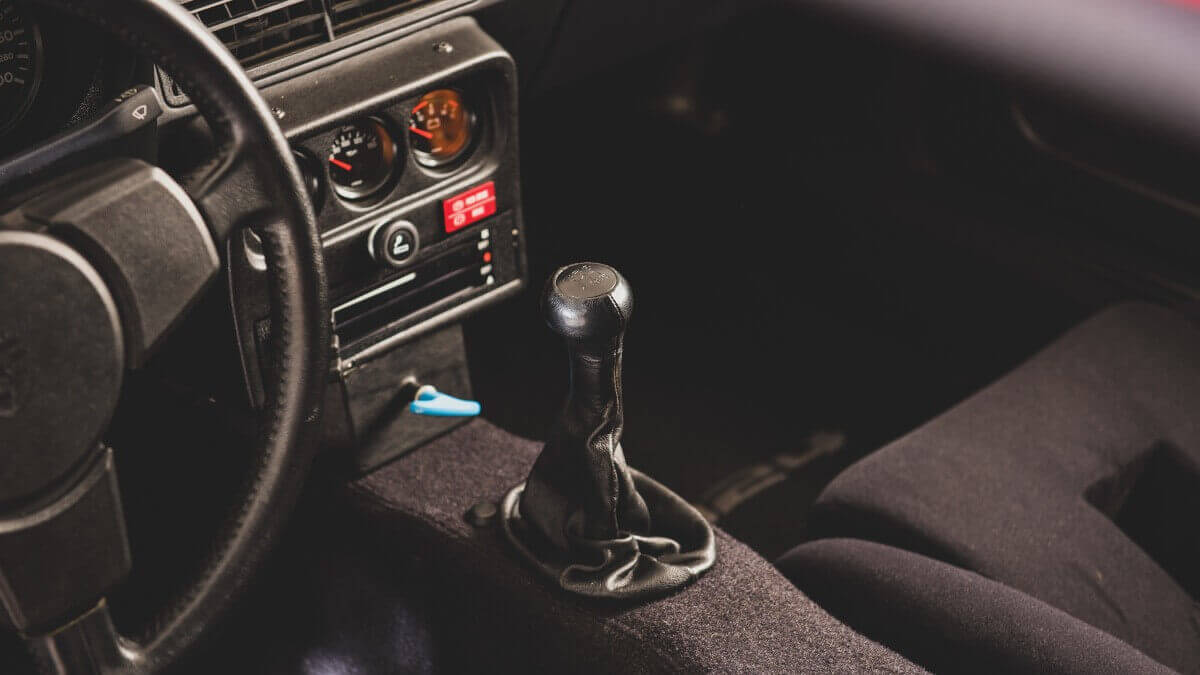



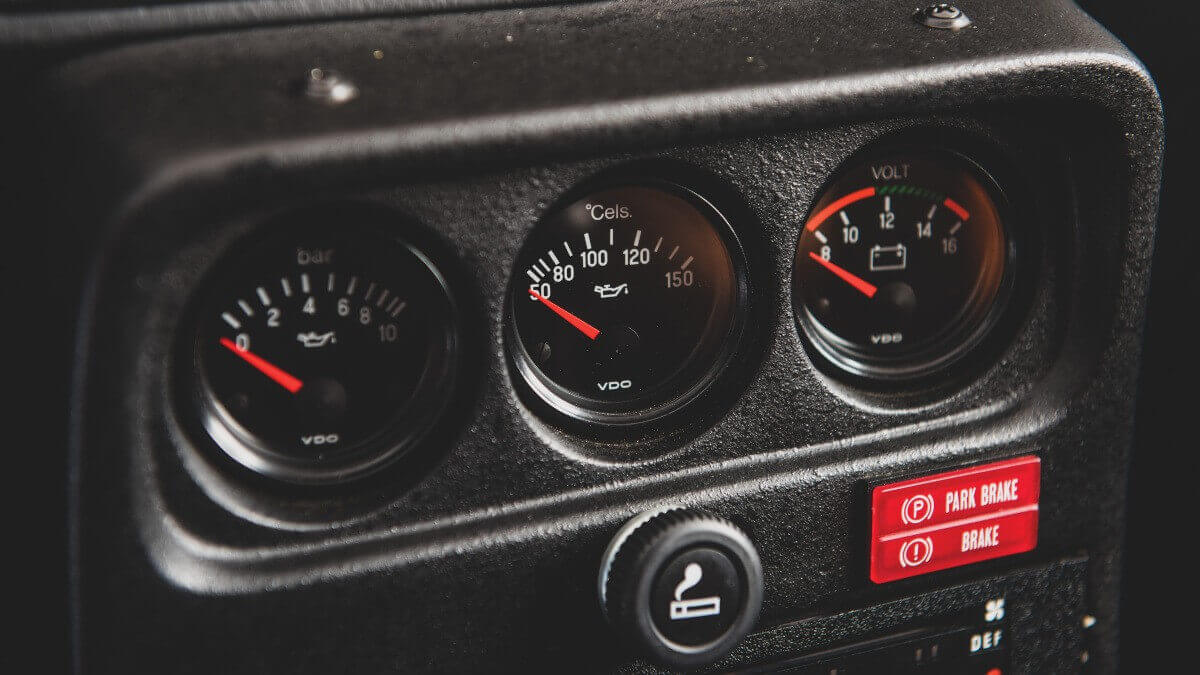



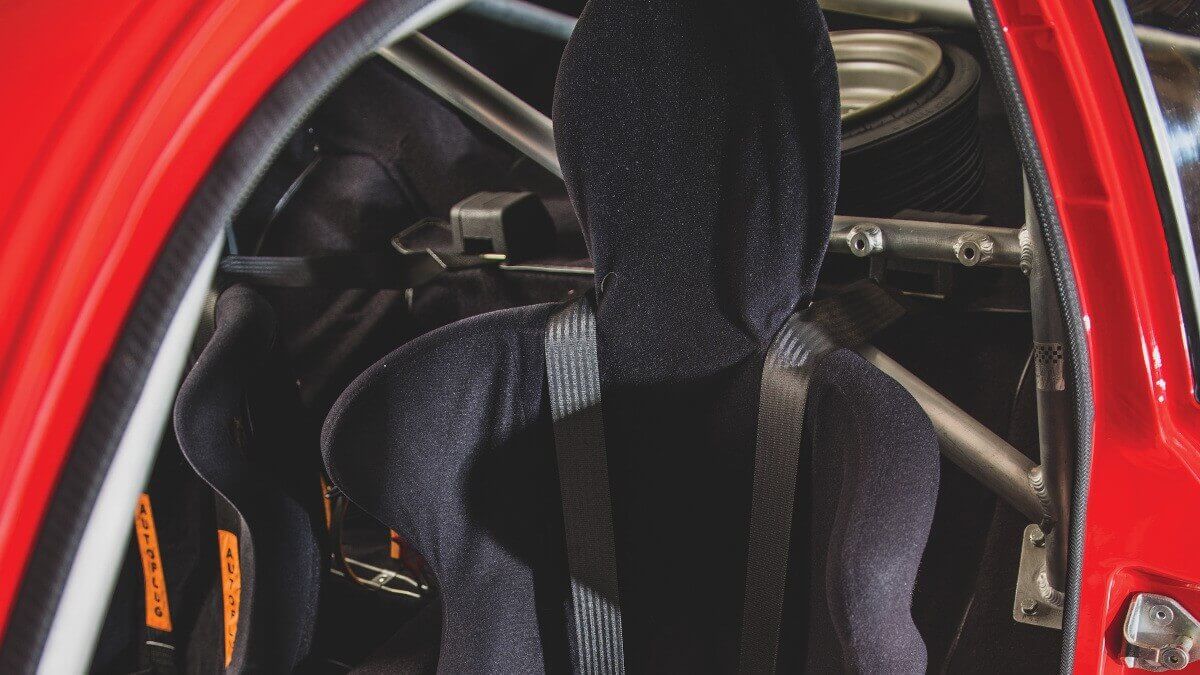



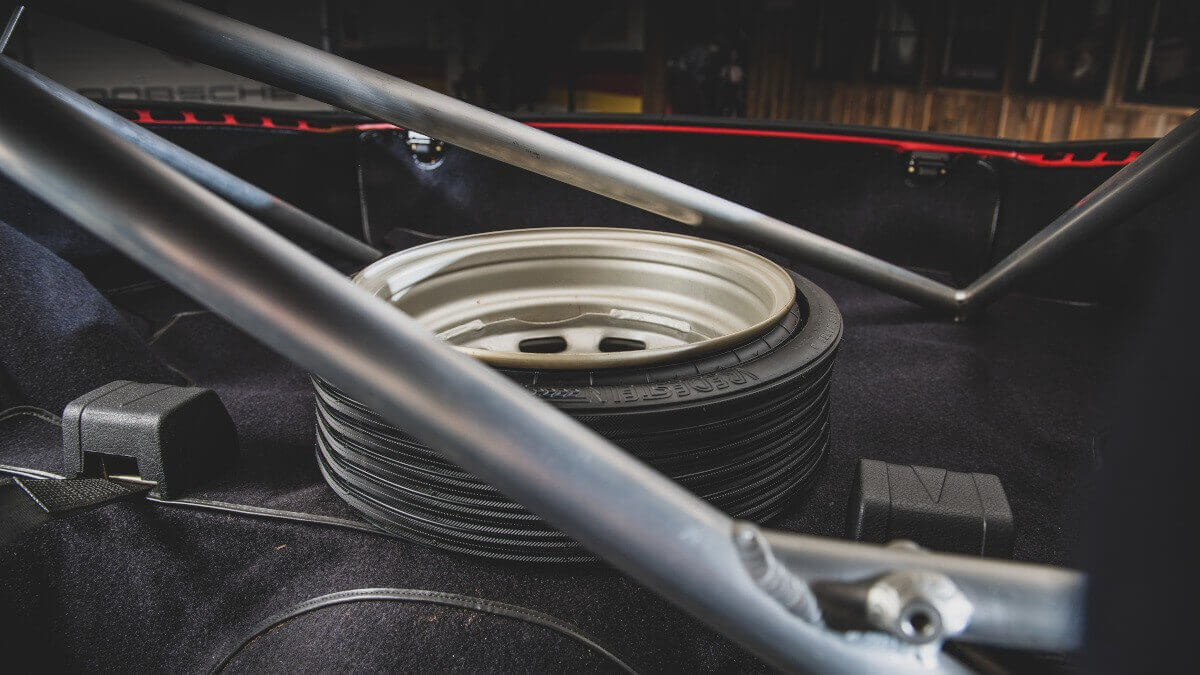



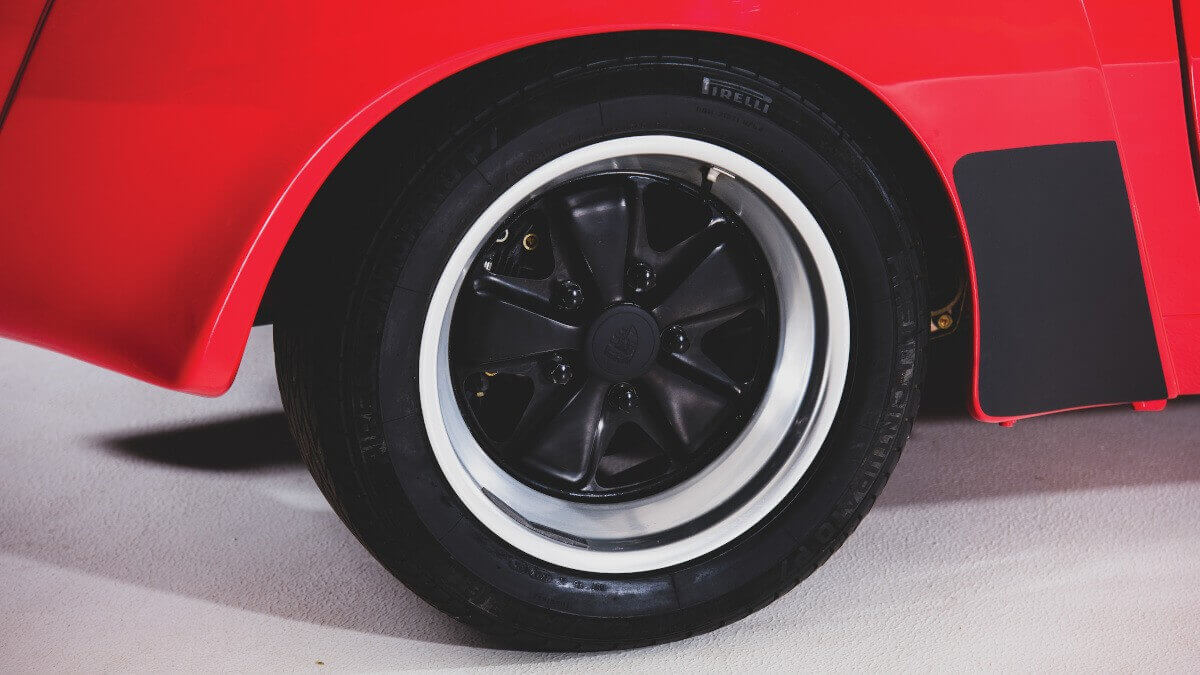



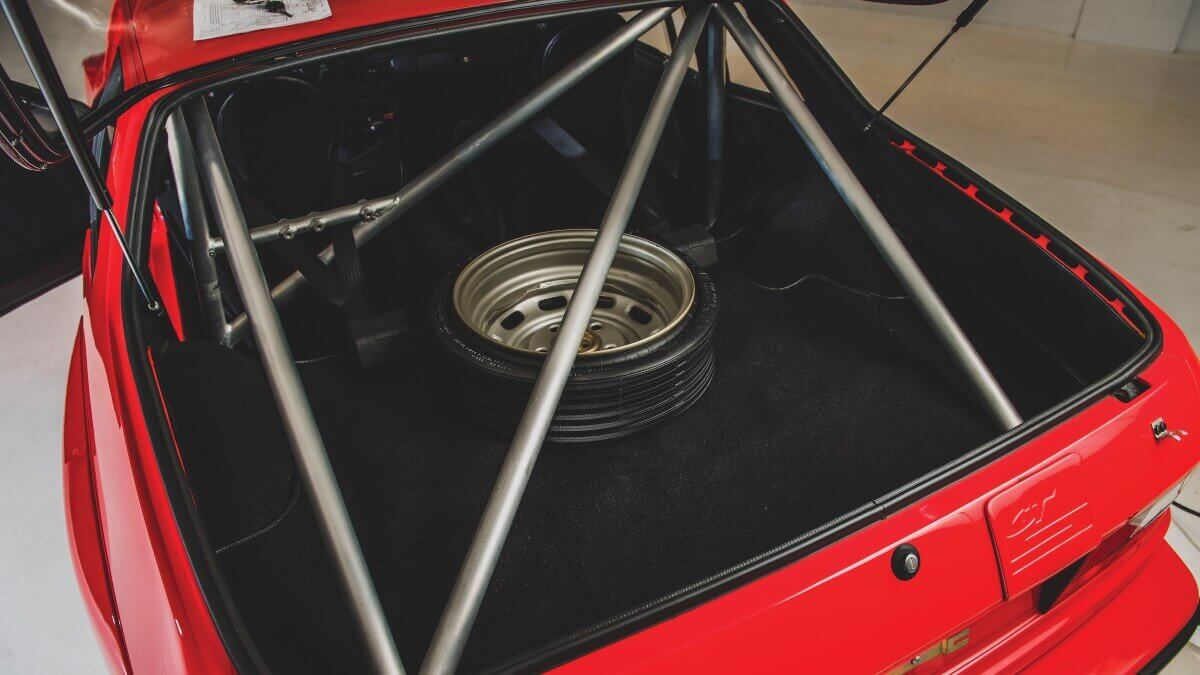



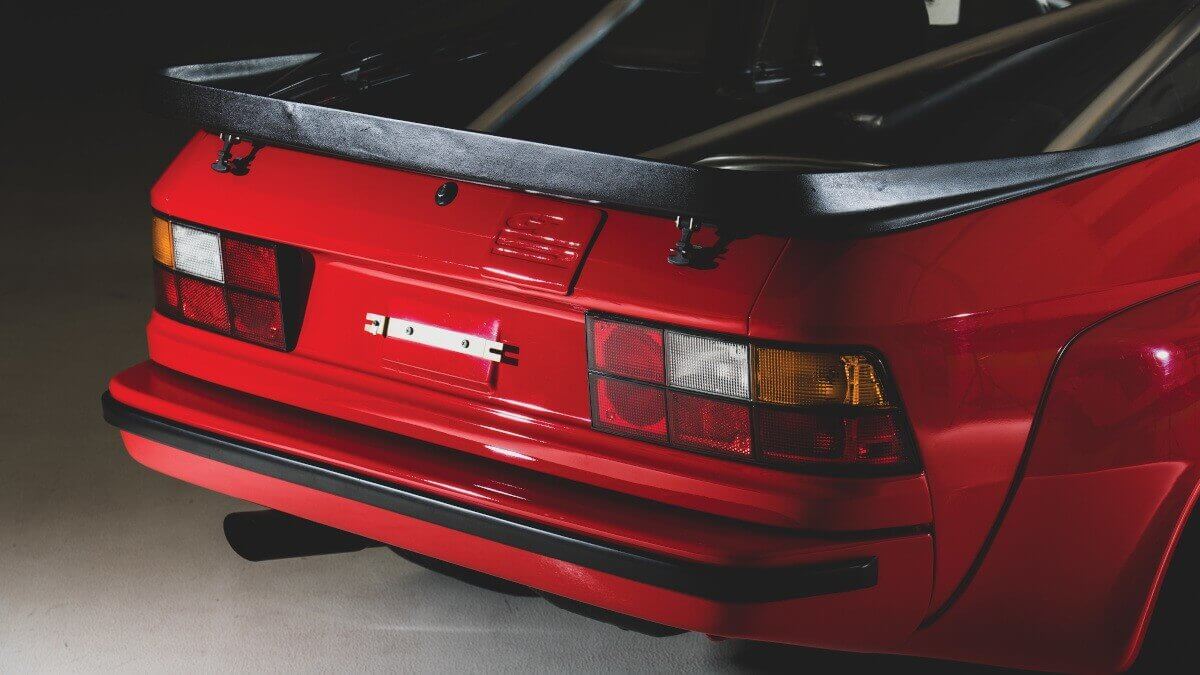



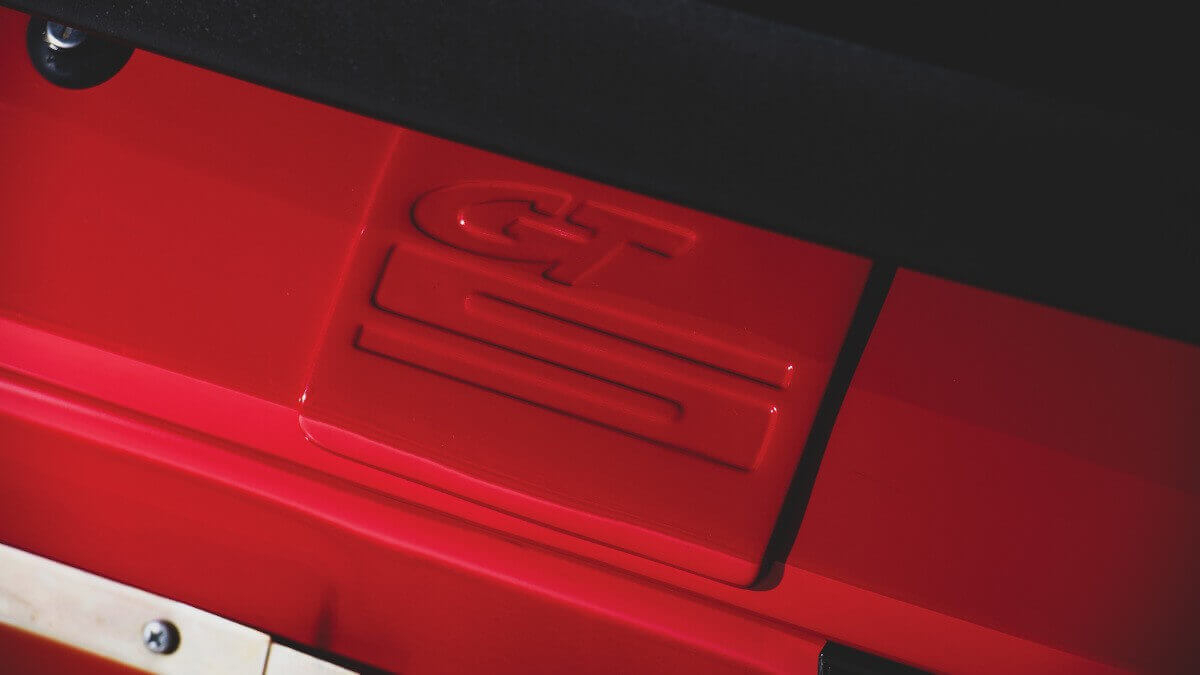



The Carrera GT served as a homologation vehicle for motorsport applications, as the large 935 and 936 racing sports cars couldn’t be used any longer due to changes of the regulations. For this the 924 received various modifications at the two-liter turbo engine. In addition to a hardened crankshaft, special forged pistons, modified cylinder head and a KKK turbocharger with more boost pressure, an additional intercooler was also used. Thus, 210 hp were available to accelerate the car up to 240 kph. Including prototypes, 406 units were produced. In 1981 finally the competition variant debuted as the 924 Carrera GTS, which instead of pop-up headlights had normal lights behind Plexiglas coverings. The boost pressure was increased from 0.75 to 1 bar, increasing the power output to 245 hp. At the same time, the absence of insulating material and a comfortable interior reduced the kerb weight by around 50 kilograms. In addition to the widened fenders, the front bumper, bonnet and doors were also made of fiberglass-reinforced plastic. For an extra charge, Porsche also supplied a Clubsport version with 270 hp, aluminium rollcage, six-point harnesses, fire extinguisher, emergency kill switch for the electrics, a slight lowering of the suspension and aerodynamic exterior mirrors. Only 15 cars were produced in this version, while 42 normale Carrera GTS and another two with comfort features such as electric windows, radio and sports seats from the normal Carrera GT were produced. All Carrera GTS came in ‘Guards Red’ from factory.
The Porsche 924 Carrera GTS with chassis number WP0ZZZ93ZBS710038 left the production line on 11 February 1981 and was delivered to its first owner, Dr William Jackson, on 23 July 1982 via the Porsche Audi dealer Bob Hagstead in Denver/Colorado. While the Carrera GTS was eligible for road approval in Europe, this didn’t work in the USA, which Dr Jackson disliked, but then prompted him to install racing slick tires. He seldom drove the car and instead put it in his collection of rare Porsche. In August 2005, he sold the car to John Dixon, who added it to his ‘Taj Ma Garaj’ collection in Dayton/Ohio. Now RM Sotheby’s is auctioning the complete collection on September 28th. The vehicle includes the original spare tire, the tool set, logbooks, correspondence with the dealer and various service documents and invoices. The auction house expects a hammer price in the range between US$ 250,000 and US$ 350,000.
Images: RM Sotheby’s, Darin Schnabel




